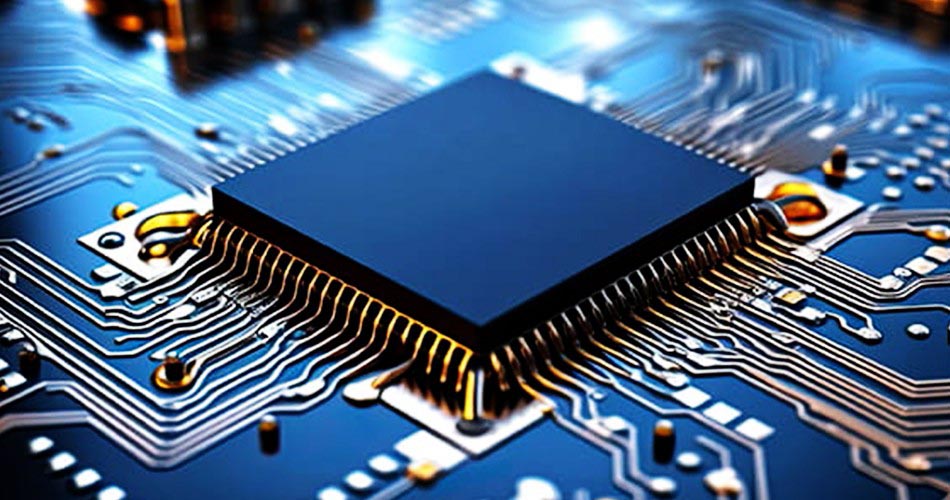High-precision soldering in PCBA processing (Printed Circuit Board Assembly) is an important part of ensuring the quality and performance of circuit boards. In this article, we will discuss in-depth PCBA assembly processing of high-precision welding, including its definition, meaning, common welding technology and application practice, aims to provide readers with a comprehensive understanding and guidance.

Definition and meaning
1、High-precision welding
High-precision welding refers to the PCBA processing process, through accurate welding process and equipment, electronic components are accurately connected to the printed circuit board, to ensure the welding quality and reliability of the connection.
2、Significance
Improve product quality: High-precision welding can reduce welding defects, ensure the quality and stability of the solder joints, and improve product reliability and durability.
Reduce the failure rate: accurate welding can reduce the failure rate, reduce the cost of product repair and rework, enhance user satisfaction.
Enhance competitiveness: High-quality welding process can enhance the brand image and market competitiveness of the enterprise’s products and win the trust of customers.
Common high-precision welding technology
1、Surface Mount Technology (SMT)
SMT technology pastes tiny electronic components on the surface of PCB through precise welding process and uses hot air or hot plate heating to realise welding connection with high precision and high efficiency.
2、Wave soldering technology
Wave soldering technology is suitable for mass production. By placing the PCB board in the solder wave, it realises the precise connection of pads and components and improves the consistency and reliability of soldering.
3、Precision hand soldering
For some special components or small batch production, the manual welding method is used to achieve the precision and reliability of welding through high-precision manual operation.
Application practice
1、Welding process optimisation
Through the optimisation of welding process parameters, selection of high-quality welding materials and equipment, to improve welding precision and stability.
2、Automatic welding
Adopt automated welding equipment and technology to realise the automation and precise control of welding process and improve welding efficiency and consistency.
3、Quality Inspection
Carry out quality inspection and testing of the welded products to ensure that the welding quality meets the standard requirements and prevent quality problems.
Effectiveness and Prospect
1、Improve product quality
High-precision welding can improve product welding quality and stability, reduce the rate of welding defects, to protect the performance and reliability of the product.
2、Reduce production costs
By reducing welding defects and failure rate, it reduces the cost of product maintenance and rework, and improves production efficiency and economic benefits.
3、Intelligent development
In the future, with the development of intelligent manufacturing technology, high-precision welding will be more intelligent and automated to achieve a higher level of productivity and product quality.
High-precision welding in PCBA processing is to ensure product quality and stability of the key links, through the use of high-quality welding technology and equipment, optimise the welding process, strengthen the quality management, you can improve the quality level of products and market competitiveness. In the future, with the continuous innovation and application of technology, high-precision welding will play a more important role in the PCBA processing industry.


